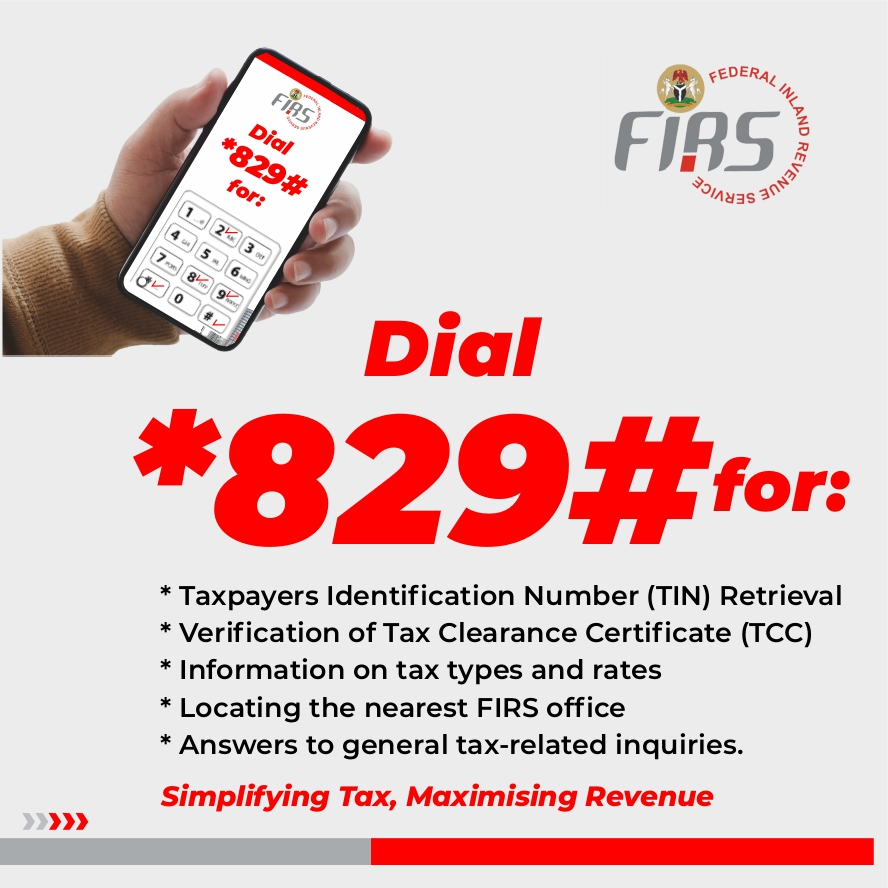Press Releases
BREAKING: CBN adopts NAFEX rate on its website
The Central Bank of Nigeria has adopted the NAFEX/I&E Window exchange rate on its website ditching a multi-decade use of government-determined exchange rate for a more market-driven exchange rate.
Nairametrics first reported on May 14th that the CBN had removed the exchange rate of N379/$1 from its website homepage conforming with the bank’s policy that the NAFEX rate is now the default reference exchange rate for official and legitimate transactions. The CBN has now replaced it with the NAFEX rate.
Since the Central Bank last adjusted the exchange rate in August 2020, it has retained the exchange rate of N379/$1 on its website homepage which in the past, represented the official exchange rate. The exchange rate displayed on the website has historically been referenced as the official exchange rate of the country.
However, all government transactions since 2021 have been converted using the prevailing exchange rate at the official NAFEX window confirming that the erstwhile official exchange rate of N379/$1 was dead. The CBN’s adoption of NAFEX on its website confirms this is now Nigeria’s official exchange rate.
What this means: All exchange rate transactions involving the public and the private sector will now reference the prevailing NAFEX rate as its official exchange rate.
How NAFEX was created
The NAFEX which is an acronym for the Nigerian Autonomous Foreign Exchange Rate Fixing Methodology was introduced by the current CBN in 2017 in response to the currency crisis at the time.
In a circular published on April 24th, 2017 by the FMDQOTC where the exchange rate is determined by the market, the circular read in part.
“This Market Notice is issued pursuant to the Central Bank of Nigeria (“CBN”) circular dated April 21, 2017 (Ref:FMD/DIRCIR/GEN/08/007) and titled Establishment of Investors’ & Exporters’ FX Window which provides in clause 4.0 that in order to support appropriate benchmarking and facilitate derivatives activities in the newly established Investors’ & Exporters’ FX Window (the “Window”), FMDQ OTC Securities Exchange (“FMDQ”) will be developing and publishing a new fixing called NAFEX – the Nigerian Autonomous Foreign Exchange Rate Fixing.
NAFEX is the FMDQ reference rate for foreign exchange (“FX”) activities in the Investors’ & Exporters’ FX Window and is designed to represent Spot FX market rates in the Window. NAFEX rates will be generated independently and objectively and published every business day at 12 noon or at a time advised by FMDQ.”
The market is meant to be independent of government and objective in its price determination. However, the CBN as a major supplier of forex in this market can influence the daily closing exchange rate.
How NAFEX rates are determined
NAFEX rates are determined by the FMDQ after pooling rate submissions by the 10 contributing banks who bid for forex on behalf of their clients. Here is the quote from the FMDQOTC
“NAFEX is a polled rate based on the submissions of ten (10) contributing banks and calculated using a trimmed arithmetic mean. Upon receipt of quotes, the individual contributing banks’ submission is ranked in descending order. The lowest and highest two (2) quotes are eliminated from the ranked rates leaving only the middle six (6) rates. The arithmetic mean of the remaining rates are then calculated to two (2) decimal places and disseminated as the NAFEX Spot Rate.”
Nigeria operates multiple exchange rate windows ranging from the I&E (NAFEX) window where forex is traded between exporters, investors, and purchasers of forex, the SMEIS window where forex is sold to importers, and the BDC window which is where forex is sold to retailers. Several calls have been made both locally and from abroad to get the CBN to unify the multiple exchange rates.
Is CBN’s exchange rate removal a devaluation of the Naira?
As reported earlier, the removal of the now-defunct N379/$1 exchange rate from the website is not a devaluation or depreciation of the naira. It is simply an administrative action by the managers of the website of the central bank to conform with the reality that the market, government, and all stakeholders have known for over 9 months; Nigeria’s official exchange rate points to the NAFEX. This is why the CBN now quotes NAFEX directly.
- Anyone conducting any business involving foreign exchange in Nigeria will have to quote the prevailing NAFEX exchange rate as the official exchange rate.
- Whilst this rate is market-determined, it is still not a flexible rate or completely market-determined because the CBN intervenes occasionally thereby influencing the rate discovery on any given day.
- Nevertheless, this rate is the closest to a market-driven exchange rate (at least officially) and it is referenced by both the private and public sector for official transactions.
Culled from Naiarametrics.

